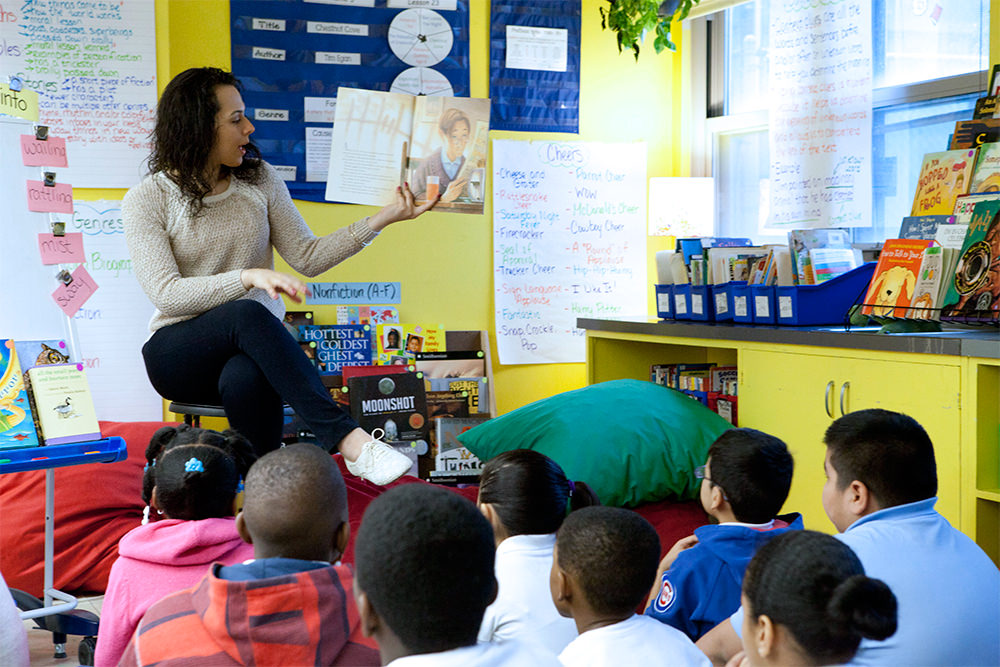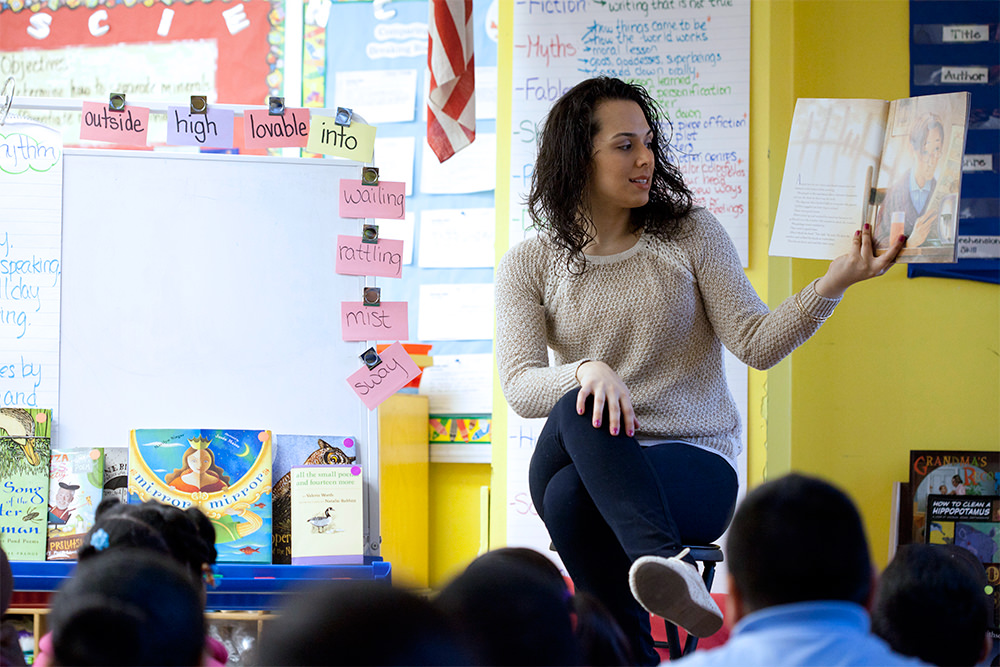Coaching Intentional Read Aloud
Use the following resources as you work with teachers to enhance and grow the Intentional Read Aloud in their classrooms.
Coaching Conversation Starters
Reflective practitioners think deeply about their instruction - both the content and children’s engagement. Use these questions to guide your conversations with a teacher before and after an Intentional Read Aloud to enhance the lesson and help grow a teacher’s practice.
Lesson Planning

What is your primary objective? Why did you choose this objective? How will you explain it to the children?
What will you do explicitly to help children take care of themselves and each other during the read aloud?
Why did you choose this book? How does the book support your objective?
Is this the first time children have heard this book?
What language supports will your children need to understand the book and participate in the lesson?
Which vocabulary words did you select and how will you teach them?
Where will you stop to model your thinking? What will you say?
Where will you stop to ask questions? What questions will you ask? Is there a balance of different types of questions?
What other things will you do to engage children throughout the reading?
How will you promote conversation after you’ve finished reading?
Will you be creating or referring to an anchor chart?
Reflection and Action Planning

What do you think the children learned during the lesson? How do you know?
Was this book a good match for your children and the literacy objective?
How was your pacing?
Did the children have an opportunity to ask their own questions and express their ideas?
Reflect on the classroom culture during the read aloud. Were the children taking care of themselves and others on the carpet?
Where the children engaged and excited to hear the story?
Will you read this book again? If so, for what purpose?
What did you learn about your children during this lesson? How will this inform future read alouds?
How can you connect the learning in this lesson to other areas of your literacy block?
Viewing Lenses
When you are observing a teacher there are several different viewing lenses you might choose to focus your observation and post-lesson conversations.
Here are some ideas for viewing lenses for Intentional Read Aloud:
| Focus Question | Evidence for Look Fors and Listen Fors: |
|---|---|
|
What questions did the teacher ask before, during, and after reading? |
|
|
How does the teacher build and check comprehension before, during, and after the read aloud? |
|
|
How did the teacher engage the children? |
|
|
What did the teacher do to build a community of readers and love of books throughout the lesson? |
|
|
How did the teacher work to help children take care of themselves and each other during the lesson? |
|
|
What did the teacher do to explain, teach, and reinforce the primary literacy objective? |
|
IRA Viewing Lens - Asking Questions
Use this resource to guide your observations and conversations around asking questions in an IRA.
IRA Viewing Lens - Building Comprehension
Use this resource to guide your observations and conversations around building comprehension in an IRA.
IRA Viewing Lens - Community of Readers
Use this resource to guide your observations and conversations around creating a community of readers.
IRA Viewing Lens - Classroom Culture
Use this resource to guide your observations and conversations around classroom culture in an IRA.
IRA Viewing Lens - Children's Engagement
Use this resource to guide your observations and conversations around children's engagement during the IRA.
IRA Viewing Lens - Ideas
Use this resource to guide your observations and conversations around an Intentional Read Aloud ideas.
IRA Viewing Lens - Lesson
Use this resource to guide your observations and conversations around an Intentional Read Aloud Lesson.
IRA Viewing Lens - Literacy Objective
Use this resource to guide your observations and conversations around the literacy objective in an IRA.
Descriptors for Early Literacy Teacher Achievement (DELTA)
This resource describes key elements of effective practice in an early literacy classroom. It is a valuable coaching tool because it standardizes expectations around different practices. Use the DELTA to set goals with teachers and guide implementation.

Comments
No comments have been posted yet.
Log in to post a comment.